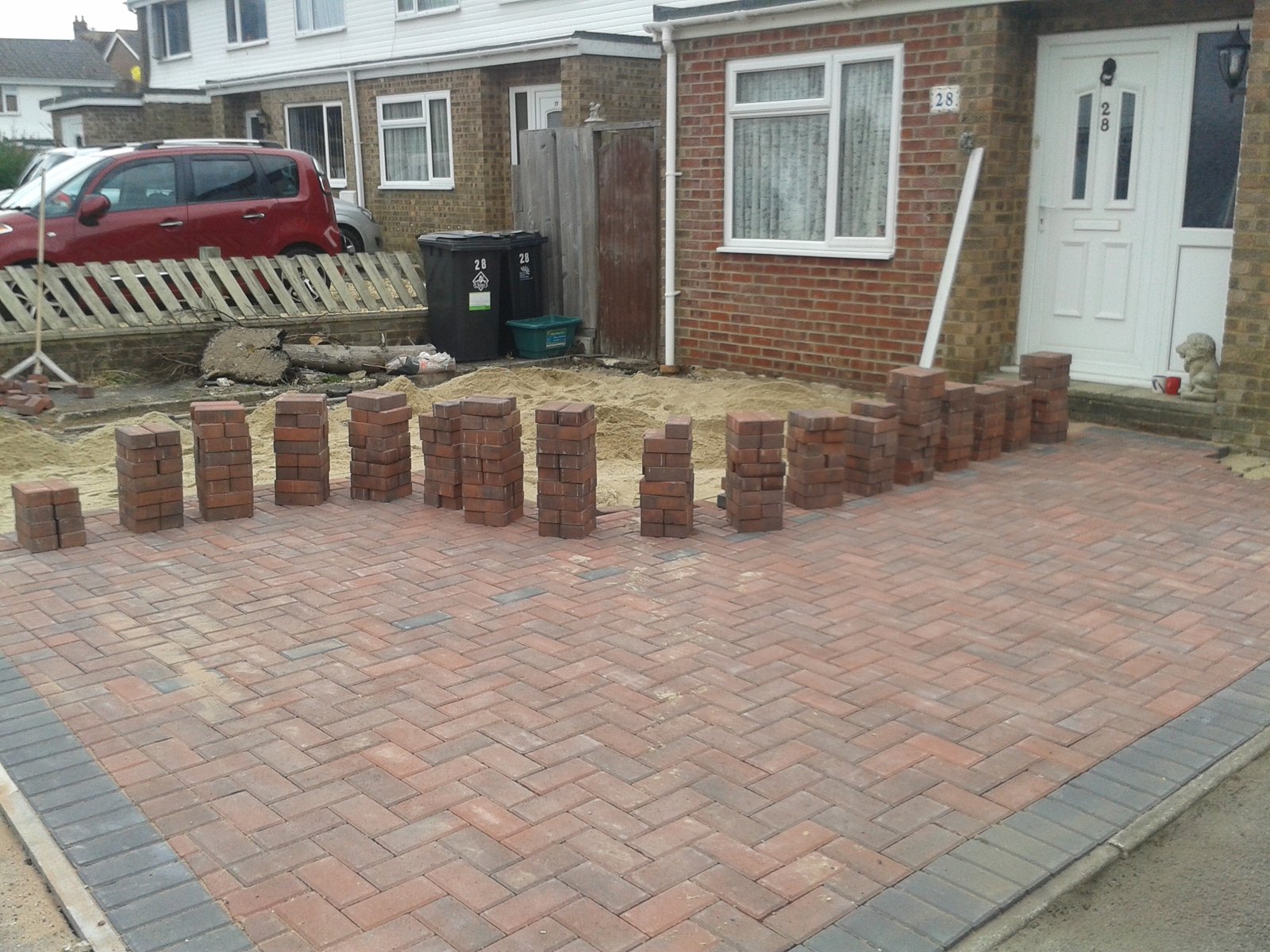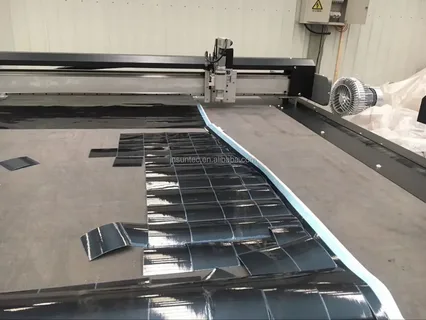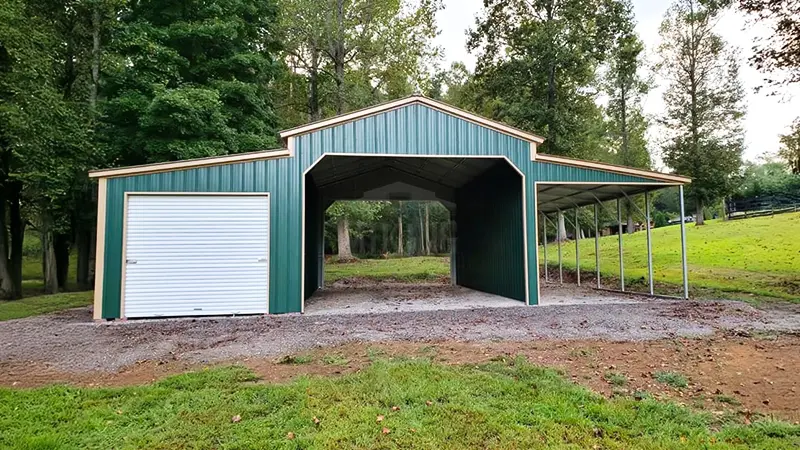Block paving is an excellent choice for driveways, patios, and pathways, combining durability with aesthetic appeal. However, like any outdoor surface, block paving requires proper care and maintenance to keep it looking its best. Fortunately, with a few simple tips, you can ensure that your block paving surfaces remain in top condition for years to come. If you’re considering enhancing your outdoor space, explore block paving in Dorset to find the perfect solution.
In this article, we’ll cover essential tips for maintaining your block paving surfaces, addressing everything from cleaning techniques to long-term care.
1. Regular Cleaning is Key
1.1. Sweep Frequently
Keeping your block paving surfaces clean starts with regular sweeping. Use a stiff broom to remove dirt, leaves, and debris. This prevents the buildup of grime and helps maintain the surface’s appearance.
1.2. Wash with Water
Every few months, it’s a good idea to wash your block paving with water. A pressure washer can be helpful for this task, but be cautious with the pressure settings. Too much force can dislodge the sand between the blocks. A gentle wash will keep your surfaces looking fresh without causing damage.
2. Treat Weeds Promptly
2.1. Identify Weeds Early
Weeds can quickly ruin the appearance of your block paving. It’s essential to identify and treat them early. Regular inspections will help you catch any pesky weeds before they become a bigger problem.
2.2. Use Weeding Solutions
For stubborn weeds, consider using a natural or chemical weed killer. Follow the manufacturer’s instructions carefully, and apply the solution during dry weather for the best results. Remember to keep pets and children away from treated areas until it’s safe.
3. Refill Jointing Sand
3.1. Understand the Importance
The sand between the blocks helps keep them in place and prevents weeds from growing. Over time, this sand can wash away, especially after heavy rain or cleaning.
3.2. Replenish as Needed
Check your joints regularly and refill with jointing sand when necessary. Simply brush the sand into the joints, ensuring they’re filled adequately to provide stability and prevent shifting.
4. Repair Damaged Blocks
4.1. Identify Damage Early
If you notice any cracked or chipped blocks, address them promptly. Leaving damage untreated can lead to further issues and compromise the integrity of your paving.
4.2. Replace Individual Blocks
Replacing damaged blocks is relatively straightforward. Remove the damaged block carefully, clean the area, and replace it with a new one. Ensure the new block matches the existing ones for a seamless appearance.
5. Manage Drainage Effectively
5.1. Ensure Proper Drainage
Effective drainage is crucial for maintaining block paving. Ensure that your paving is slightly sloped to direct water away from your home. This prevents pooling and potential damage to the blocks.
5.2. Clear Drains Regularly
Check and clear any drains or channels adjacent to your block paving to ensure they function correctly. Blocked drains can cause water to accumulate, leading to shifting or damage.
6. Protect from Heavy Loads
6.1. Limit Heavy Traffic
While block paving is durable, it’s wise to limit heavy traffic on your surfaces. Heavy vehicles can cause shifting or cracking over time, especially if they’re not evenly distributed.
6.2. Use Supports if Necessary
If you need to park heavy vehicles on your block paving, consider using supports or mats to distribute the weight more evenly. This can help prevent damage and extend the life of your paving.
7. Seasonal Maintenance
7.1. Prepare for Winter
Before winter sets in, clear your block paving of leaves and debris. Consider applying a sealant to protect against frost and ice, which can cause cracks and damage.
7.2. Monitor in Spring
As the weather warms up, check your paving for any winter-related damage. Address any issues promptly to keep your surfaces looking their best.
8. Seal Your Block Paving
8.1. Consider a Sealant
Applying a sealant can provide additional protection for your block paving surfaces. Sealants help prevent stains, enhance colour, and protect against weather damage.
8.2. Apply Correctly
If you choose to seal your paving, make sure to do it when the weather is dry. Follow the manufacturer’s instructions for application to achieve the best results.
9. Create Defined Borders
9.1. Add Edging for Structure
Creating defined borders around your block paving can enhance its appearance and functionality. Edging prevents grass and soil from encroaching onto the paving and provides a neat finish.
9.2. Use Attractive Materials
Consider using complementary materials like timber, stone, or metal for edging. This can add character to your outdoor space while keeping your block paving in place.
10. Regular Inspections
10.1. Schedule Routine Checks
Make it a habit to inspect your block paving regularly. Look for signs of wear, shifting blocks, or weed growth. Early detection of issues can save you time and money in the long run.
10.2. Document Changes
Keep a log of any repairs, maintenance tasks, and inspections. This record can help you stay on top of your paving’s condition and plan for future maintenance needs.
Conclusion
Block paving is a fantastic choice for enhancing your home’s exterior, offering durability, beauty, and flexibility. By following these tips for maintenance and care, you can keep your surfaces looking great for years to come.
Regular cleaning, prompt weed control, and timely repairs will ensure your block paving remains in top shape, boosting your home’s curb appeal. With a little effort, you can enjoy the many benefits of block paving, transforming your outdoor space into a beautiful and functional area.













Leave a Reply